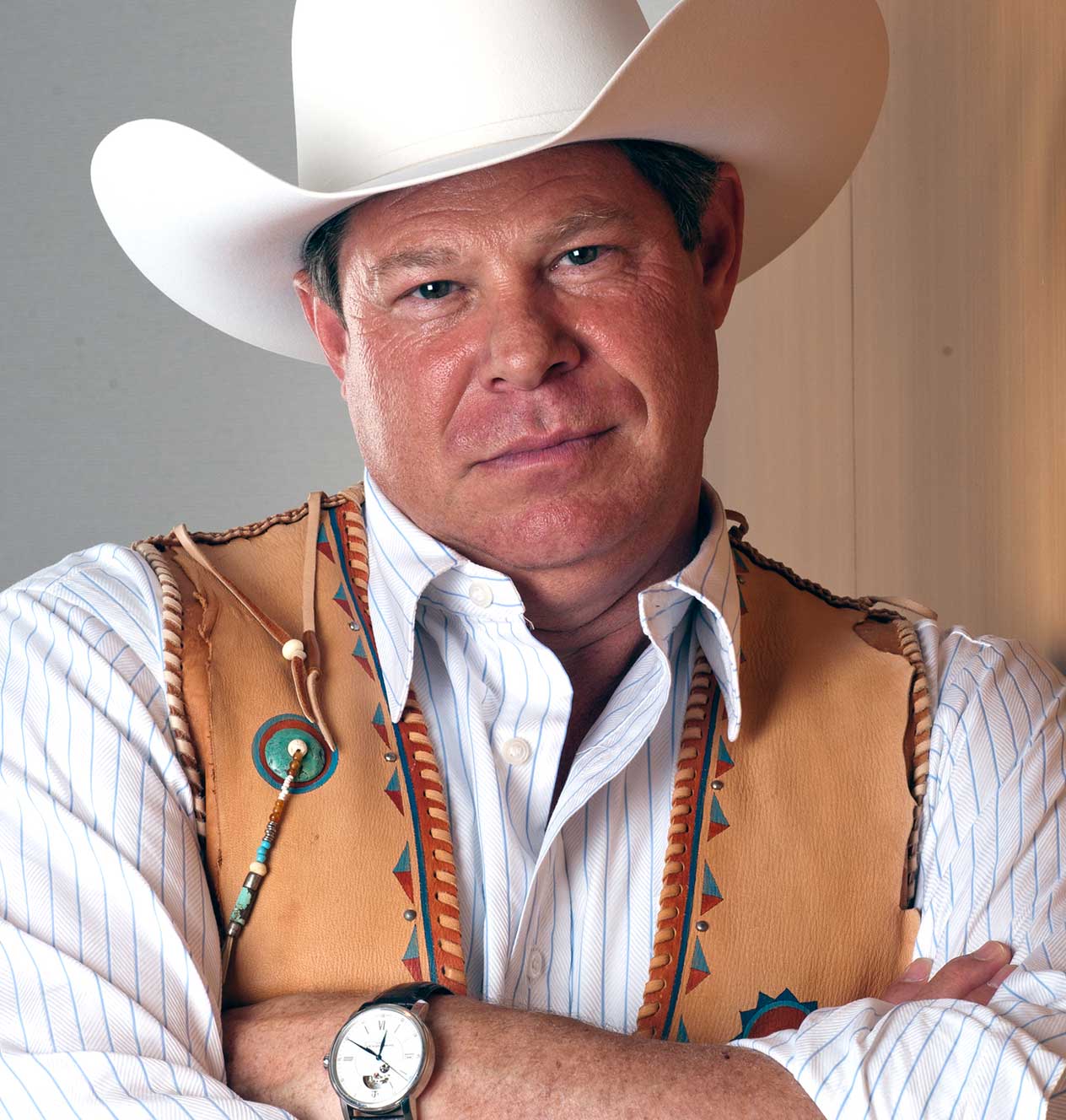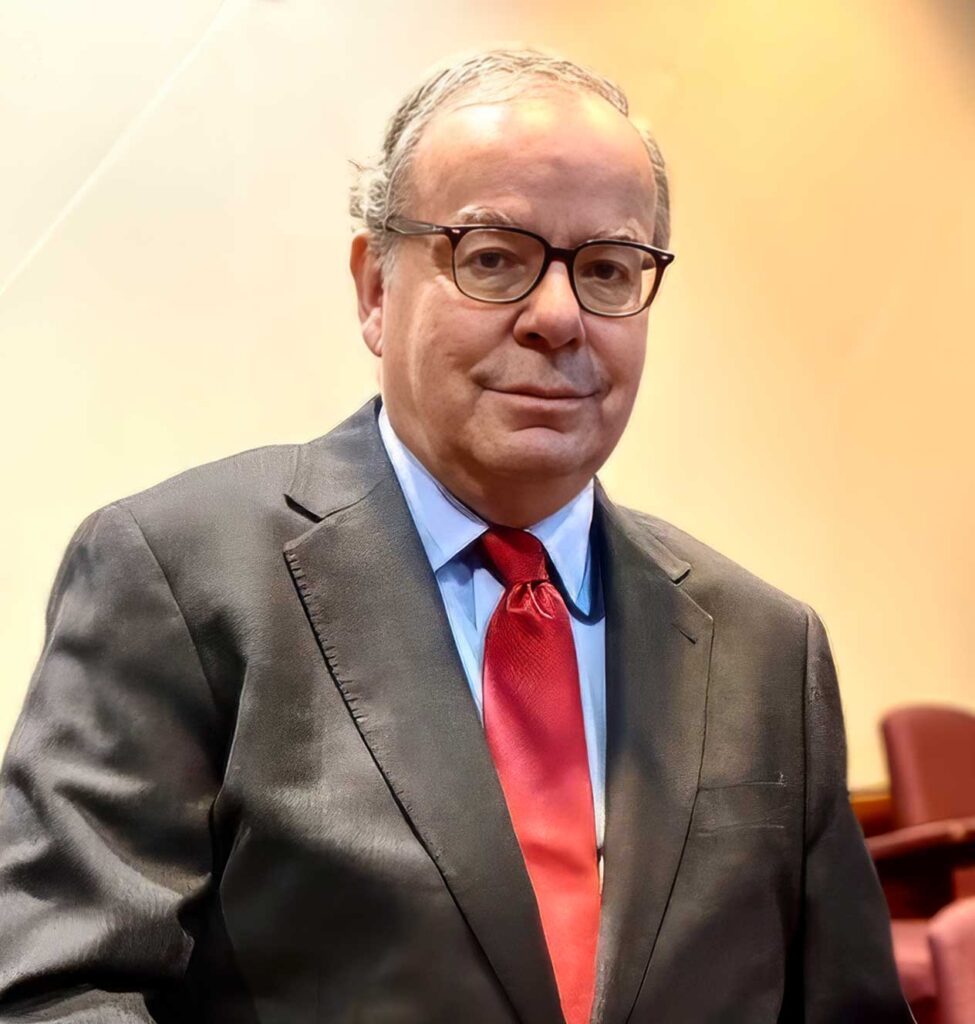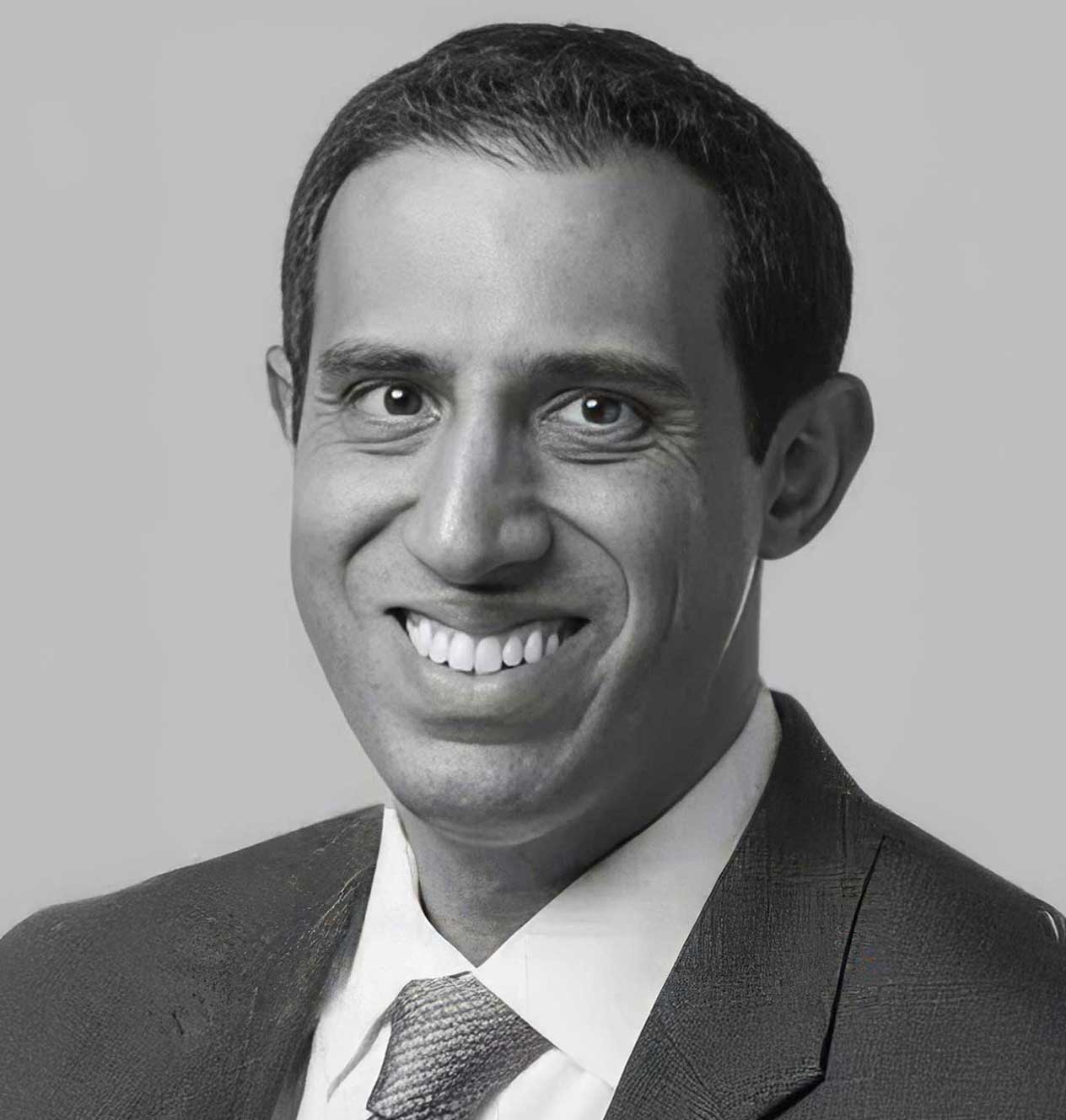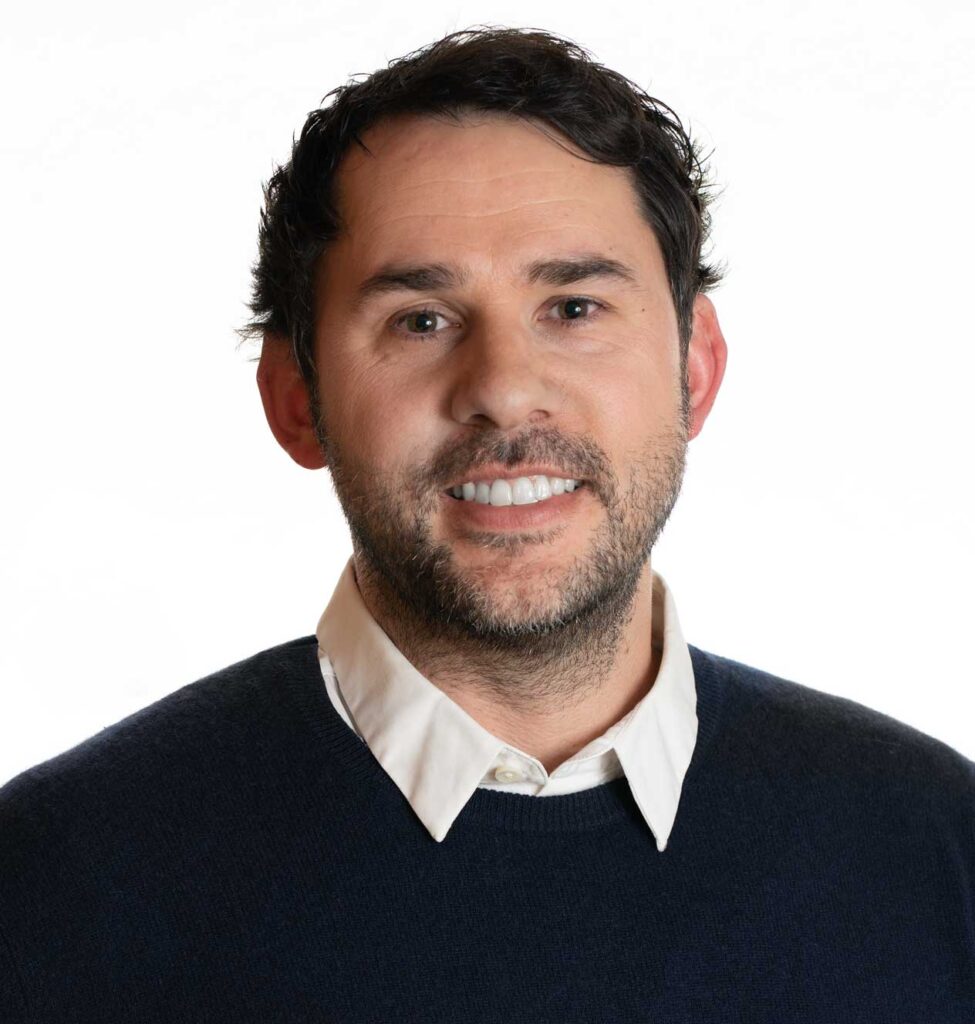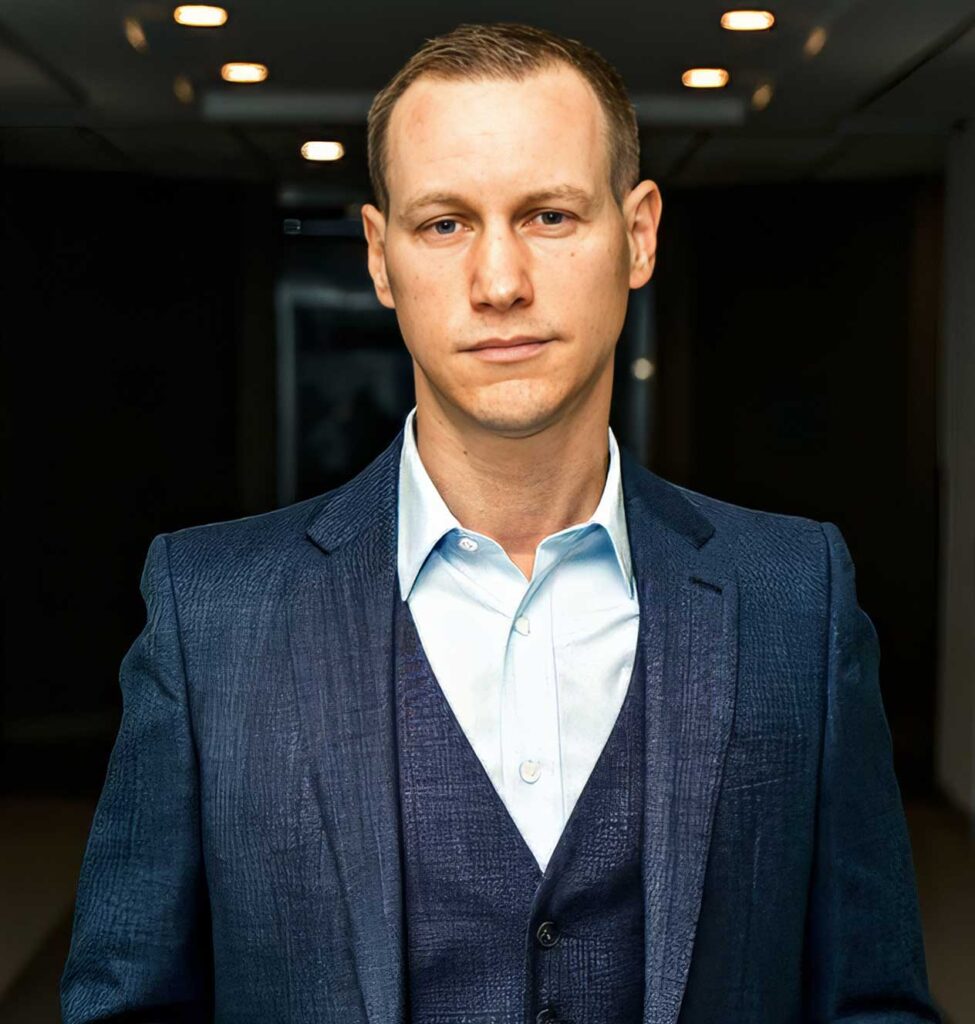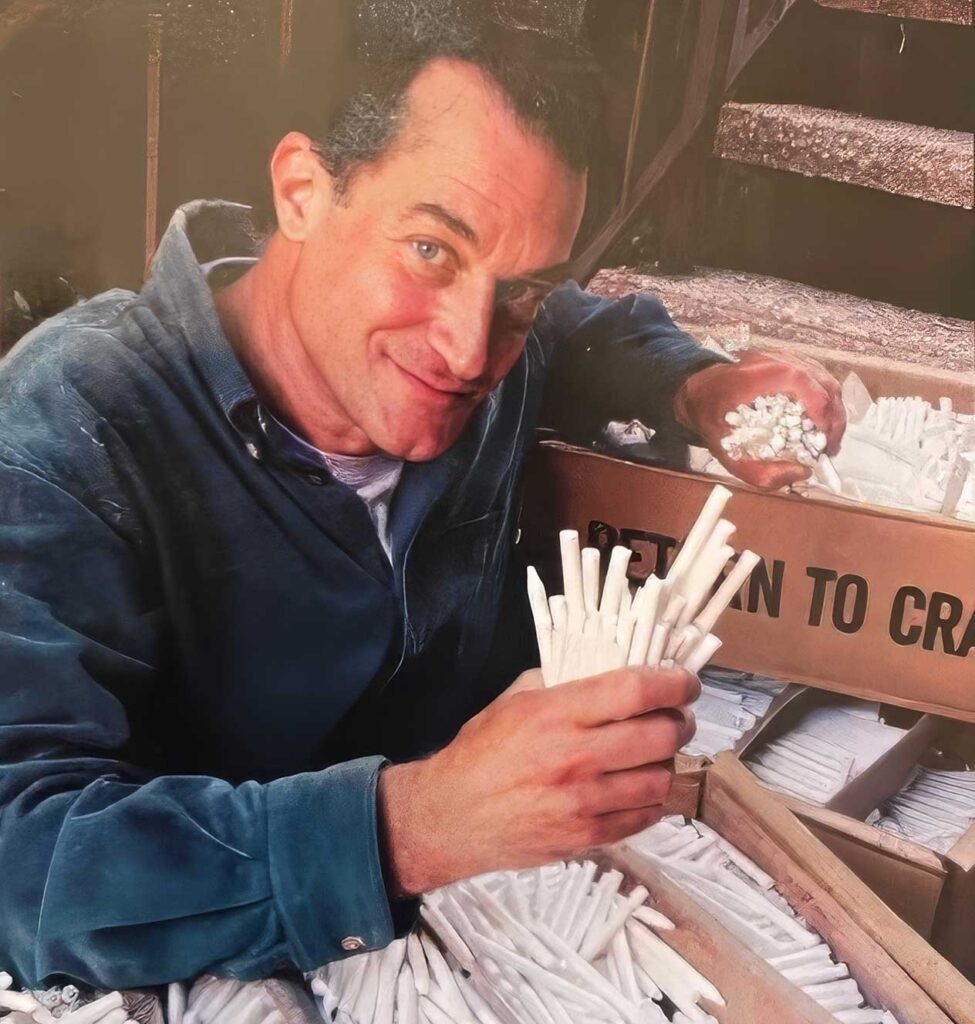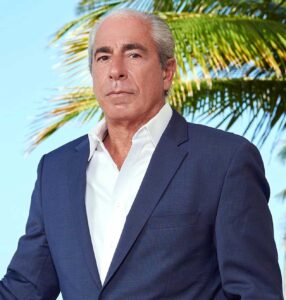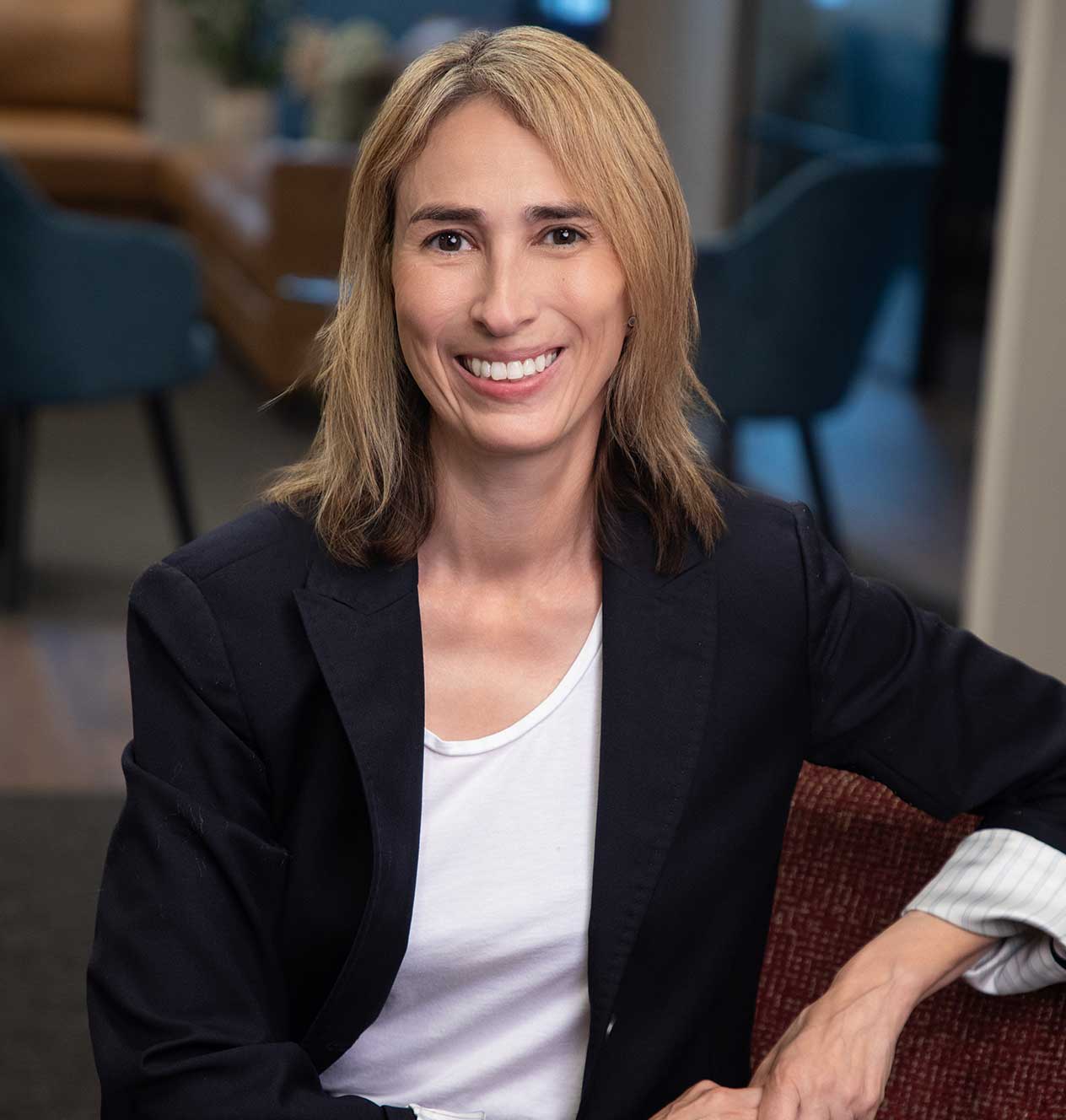Share Your Story with Trial Lawyer’s Journal
Trial Lawyer’s Journal is built on the voices of trial lawyers like you. Share your journey, insights, and experiences through articles, interviews, and our podcast, Celebrating Justice.
Stay Updated
Sign up for our newsletter to get the latest from TLJ.
Karen Muñoz’s “Closing Argument”
One of my first civil trials as a brand new attorney involved a Mexican family. This family was obviously Spanish-speaking. They lived on the south side of Chicago. The wife and the husband were watching a soccer match on Easter morning. She was folding the laundry in the dining room while he was in the living room. As most people tend to do who are passionate about sports, there’s a lot of noise and hollering when something goes right or wrong. And so she was hearing these noises from him, and that experience I’ve lived so many times as a child because that’s how I was raised. My dad would be watching something on TV, a baseball game, and my mom would either be washing dishes or folding laundry or putting things away.
So anyway, she’s folding her laundry, going along, and all of a sudden she stops hearing noises coming from the living room. So she says to him, like, “Hey, what’s going on with the game? Did it go out?” And there was no response. So she walked over from where she was to the couch, and he had slumped over.
She called 9-1-1 in Spanish. The ambulance came. No one knew really what had happened, and they took him to the ER on Easter morning. And because they were not, you know, native English speakers, they were just left in the hallway while they were short-staffed and dealing with other emergencies.
Unfortunately, my client had had an ischemic stroke, and we know that if someone has had an ischemic stroke, there’s treatment that can be given called tPA. But because no one really took the time to examine the symptoms or take a look at, you know, what the paramedics had noted, they delayed getting an MRI of the brain. And so by the time they figured out what was going on, he had a brain bleed. It was too late to do anything. And so he went on life support. After a few days, the family had to make a horrible and terrible decision, and they pulled life support.
So, this case went on for several years because there were a lot of different defendant parties involved. But I got to know the family really well, and I connected with them in a way that maybe I had not connected with other clients, given our shared cultural values and just my ability to really put myself in their shoes and imagine, “What if that had been my parents?”
The most damning part was that he could be here today. This could have been prevented. We have the medicine; they just weren’t listening, they weren’t paying attention.
This case went to trial about three or four years later, and I was lucky enough to be part of the trial team. There was a moment where the wife was testifying. She carried her purse with her everywhere she went. And she spoke very little English, so we had an interpreter. An impromptu question was asked: “We see you bring your purse every day and have it up there with you. What do you have in there?”
Before the interpreter could really finish the question, she pulled out a picture of her husband that she carried with her every single day. And at that moment, when that happened, we didn’t need any words. It was completely unscripted. It was not part of what was going to be asked. It was just kind of a curious, “What do you got in there?” She could have pulled out a CD player or a box of Kleenex.
That spoke more about her loss and the damages that this family had. And she was in such mourning still, years later, that she just literally carried him around
everywhere. So her loss, without words, was so profound, and it really impacted everyone in that courtroom. So much so that before the case went to verdict, the defendants made an offer, and the family accepted.
That was one of the driving factors in my practice moving forward. I wanted to let my clients tell their story. I wanted to be an advocate and speak for those in the moments that they can’t speak for themselves. I unfortunately learned that the healthcare system treats people of color and lower socioeconomic status much differently, and I really learned to dig into the story because there’s always more than what’s there on the surface. And it could be as simple as something in someone’s bag, but people carry their loss, literally, in so many different ways that it’s our job as advocates to find it and be able to tell their pain and story effectively so that they receive some measure of justice.
Click here to view Karen’s Profile.
Featured Articles
-
Glossary
What is Voir Dire?
What is Voir Dire? If your personal injury case goes to trial, one of the first steps you'll witness is voir dire—a term that.
-
Glossary
What is Tort Reform?
What is Tort Reform? Tort reform is a hot-button issue in the world of personal injury law. If you’ve filed—or are thinking about filing—a.
-
Glossary
What is Pro Hac Vice Admission?
What is Pro Hac Vice Admission? If you’re involved in a personal injury lawsuit—especially one with out-of-state parties—you may hear that a lawyer is.
Explore our Contributors
Discover Next
Insights from Experts
Learn from industry experts about key cases, the business of law, and more insights that shape the future of trial law.
